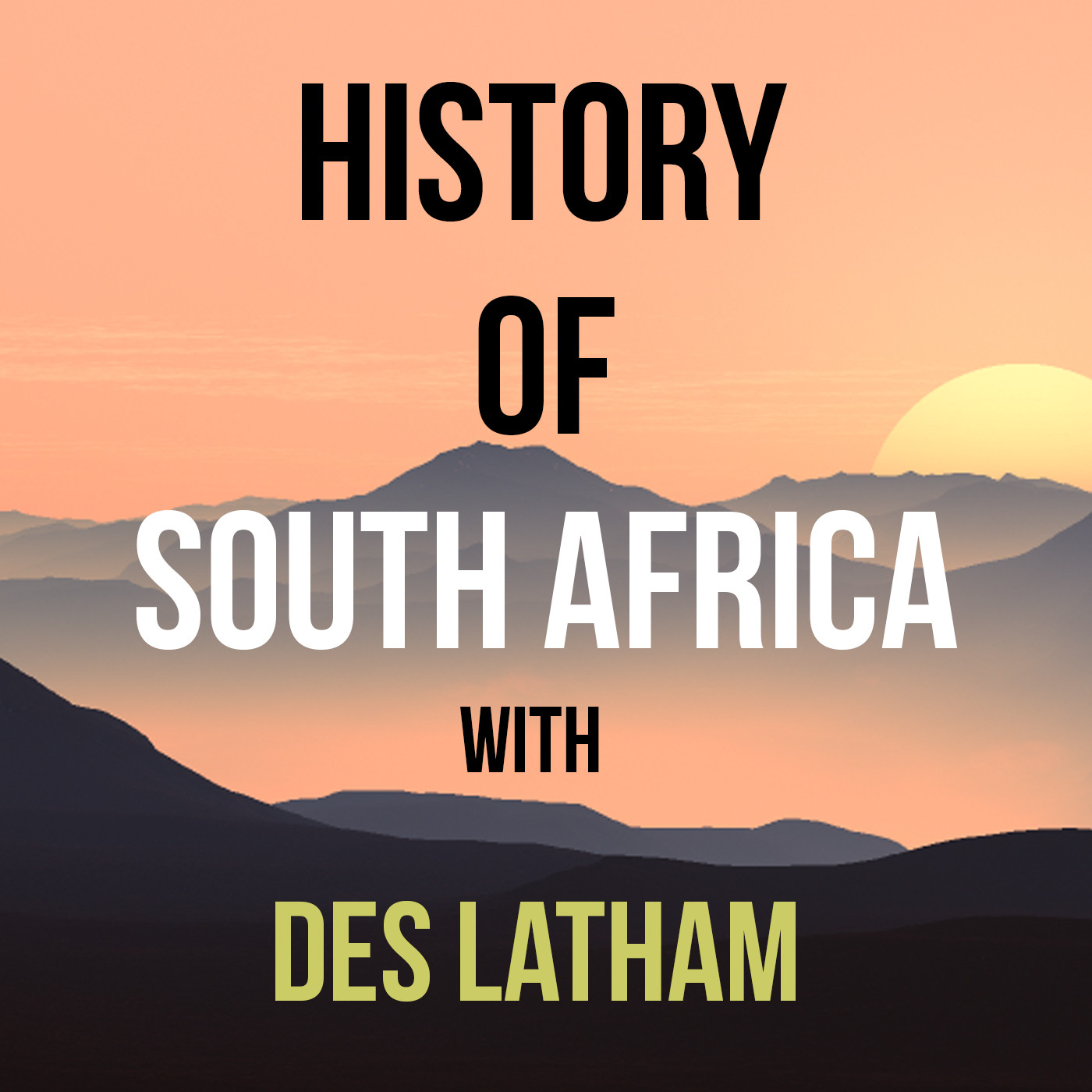- History
- SEE MORE
- classical
- general
- talk
- News
- Family
- Bürgerfunk
- pop
- Islam
- soul
- jazz
- Comedy
- humor
- wissenschaft
- opera
- baroque
- gesellschaft
- theater
- Local
- alternative
- electro
- rock
- rap
- lifestyle
- Music
- como
- RNE
- ballads
- greek
- Buddhism
- deportes
- christian
- Technology
- piano
- djs
- Dance
- dutch
- flamenco
- social
- hope
- christian rock
- academia
- afrique
- Business
- musique
- ελληνική-μουσική
- religion
- World radio
- Zarzuela
- travel
- World
- NFL
- media
- Art
- public
- Sports
- Gospel
- st.
- baptist
- Leisure
- Kids & Family
- musical
- club
- Culture
- Health & Fitness
- True Crime
- Fiction
- children
- Society & Culture
- TV & Film
- gold
- kunst
- música
- gay
- Natural
- a
- francais
- bach
- economics
- kultur
- evangelical
- tech
- Opinion
- Government
- gaming
- College
- technik
- Jesus
- Health
- movies
- radio
- services
- Church
- podcast
- Education
- international
- Transportation
- Other
- kids
- podcasts
- philadelphia
- Noticias
- love
- sport
- Salud
- film
- and
- 4chan
- Disco
- Stories
- fashion
- Arts
- interviews
- hardstyle
- entertainment
- humour
- medieval
- literature
- alma
- Cultura
- video
- TV
- Science
- en
Episode 34 Trading and raiding, American whalers and the emergence of pre-Zulu chiefdoms in the East

This is episode 34 and we\u2019re going to take a close look at what was going on in the region bounded by the Orange River, the Kalahari Desert and the Indian Ocean. This is where the Zulu emerged but the story is not the simple tale most of us know about Shaka.
\n
\nAs with other areas we\u2019ve investigated, the popular narrative over time is not always an accurate reflection of real history. This will become very apparent particularly as we unearth facts about the period between 1760 and 1800.
\n
\nIt\u2019s fairly recently in historical research that we\u2019ve come to understand what was going on \u2013 earlier historians tended to pay very little attention to the decades before 1810 and the emergence of Shaka\u2019s Zulu. Before then the Zulu were a tiny clan washing around in a much bigger pool of tribes and clans.
\nAn important feature we all agree on now is that the upheavals of the early 1800s were not all about Shaka, it was caused partly by the increasing interaction between European commercial and colonial expansion and indigenous communities, as well as the expansion of Zulu and Ndebele and other warlike people. Traders and settler numbers rose swiftly as we\u2019re going to hear.
\n
\nTrading and raiding was always part of the southern African landscape, hundreds of years before Jan van Riebeeck setup shop in 1652.
\n
\nThe processes of reorganisation and expansion of increasingly centralized kingdoms can be tracked to this time. While these changes were taking place between the Drakensberg and Indian Ocean, they were also happening among the Tswana speaking societies on the south eastern fringes of the Kalahari Desert. I\u2019ve outlined the most important clans in the last podcast \u2013 don\u2019t forget these \u2013 they were the Bafokeng, Bahurutshe, Bakgatla, Bakwena, Bangwaketse, Barolong and Bathlaping.